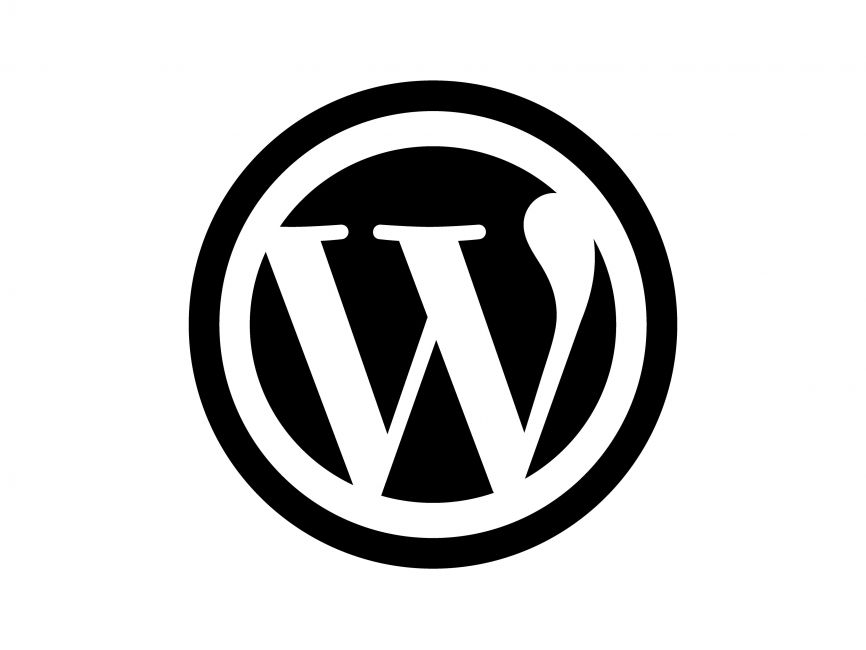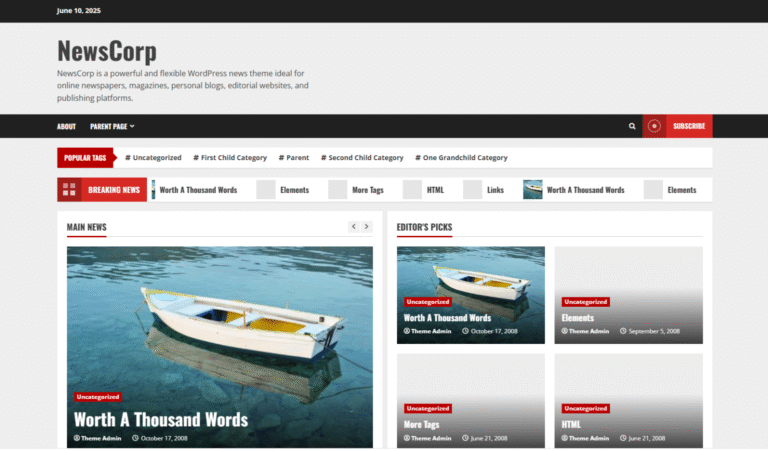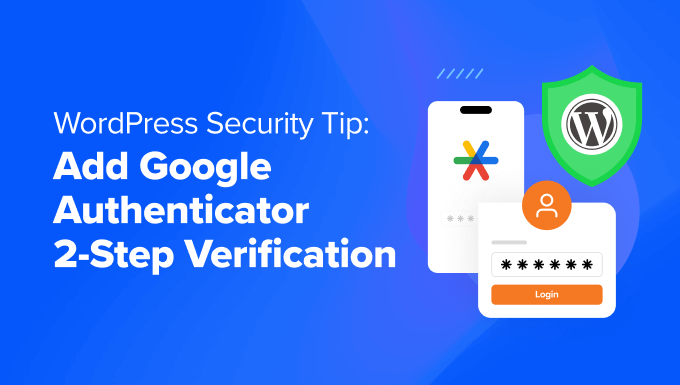
Choosing a WordPress Theme
A WordPress theme is a collection of files that work together to determine the overall design and functionality of a WordPress website. It provides a template for how the website should look and function, including the layout, color scheme, typography, and other visual elements.
Themes allow WordPress users to change the appearance of their websites without altering the underlying content. They provide a quick and efficient way to customize the design and style of a website, making it easy to create a professional and visually appealing site without extensive coding knowledge.
WordPress themes consist of various template files written in PHP, HTML, CSS, and JavaScript. Don’t worry! That’s just what’s “under the hood” of your theme. You don’t need to be skilled in any of these in order to work with your theme. Most WordPress themes are based on the principle of “WYSIWYG” – What You See Is What You Get. However, it’s good to know that these files define the structure and presentation of different parts of the website, such as the header, footer, sidebar, and individual page layouts. Themes also include options for customization, allowing users to modify settings such as logo placement, color schemes, widget areas, and more.
In a nutshell, a WordPress theme helps you get a professional-looking website up and running without having to hire a web designer.
When choosing a theme, you first need to ask yourself a couple of questions:
It’s often said that WordPress allows people to create websites for free. The platform software is free, and there are free themes, both from WordPress itself, and from theme developers, that can be used to create highly functional websites. Many of those free themes, like Qi Theme, are simply remarkable. However, you need to be very lucky to find a free WordPress theme that both looks and works great. Oftentimes, free themes are rather basic in its features, come with limited design and customization options, and generally lack that special something that will make your website stand out. Also, free themes often come with very limited support options.
Premium themes, on the other hand, being more expensive, obviously have more effort, care and extras invested and instilled into them. For instance, many premium themes come with built-in premium plugins, like Slider Revolution and others. Sometimes they even come with premium images included, which means you can keep them and use them on your pages without paying extra.
So it all boils down to your personal choice and your budget. If you come across a premium theme that fits your needs like a glove and offers a range of useful functionalities, you should consider investing in it. On the other hand, it may just happen that you’ll find a free theme that suits your needs just fine.
WordPress currently comes with the Gutenberg site editor out of the box. It is a block editor that allows you to quickly and easily create website pages by combining integral elements called blocks. Being extremely user-friendly, versatile and customizable, Gutenberg is one of the most popular solutions for WordPress site creation. In addition to the basic blocks you get by default, you can also purchase block collections, like Qi Blocks for Gutenberg, that give you advanced functionalities, from showcase and creative ones (interactive elements, advanced typography, complex sliders and galleries) to business (various infographics, tables, client carousels, etc) and eCommerce ones (advanced cart functionalities, product galleries, etc).
Another popular page builder is Elementor. Similarly to blocks, it uses elements that can be mixed and matched to create any sort of page you like. Again, addons are available for this editor, like Qi Addons, that further extend its functionality.
There are other popular page builders out there, like Divi, SeedProd, BeaverBuilder, Oxygen, etc.
WPBakery (formerly known as Visual Composer) used to be the single most widely used builder, but it has recently seen a huge decline in popularity.
You may wonder why it matters which page builder you will be using. Well, this decision also influences the choice of your WordPress theme. Some themes are built on/for Elementor, some on/for Divi, etc.
In short, when you decide which builder to use, you will search for appropriate themes.
Note that the best premium themes come in several versions. For instance, Qode Interactive themes are available both for Gutenberg and for Elementor, and there are WPBakery themes too.
This depends on what you want to do with your website. If you’re going to start a food blog, you should probably get a food blog theme. The same with travel blogging, or fashion, and it’s particularly true for listings, directories and real estate websites. This is because these themes come with a specific set of functionalities that you’re probably going to need. For instance, the best food blogging themes will have recipe modules allowing you to create lovely and convenient recipe cards, with nutritional info, prep time, etc. Travel and tourism themes usually come with premade destination pages, beautiful galleries for travel photography, and booking modules. Restaurant websites should always be equipped with booking forms, menu pages, maps, etc, which are features that all good restaurant themes have.
On the other hand, multipurpose themes can also be quite feature-rich, as they usually contain a number of niche-specific demos. These themes are great if your future website doesn’t fall strictly into any specific niche and you want to have the ability to experiment and combine different elements.




![How to Change Your WordPress Login Logo [w/ Video Tutorial]](https://megawordpresshosting.com/wp-content/uploads/2024/11/how-to-change-your-wordpress-login-logo-w-video-tutorial-768x326.jpg)

![[New] WPBeginner Pro Services: WordPress Web Design, Maintenance & More](https://megawordpresshosting.com/wp-content/uploads/2024/04/new-wpbeginner-pro-services-wordpress-web-design-maintenance-more.png)